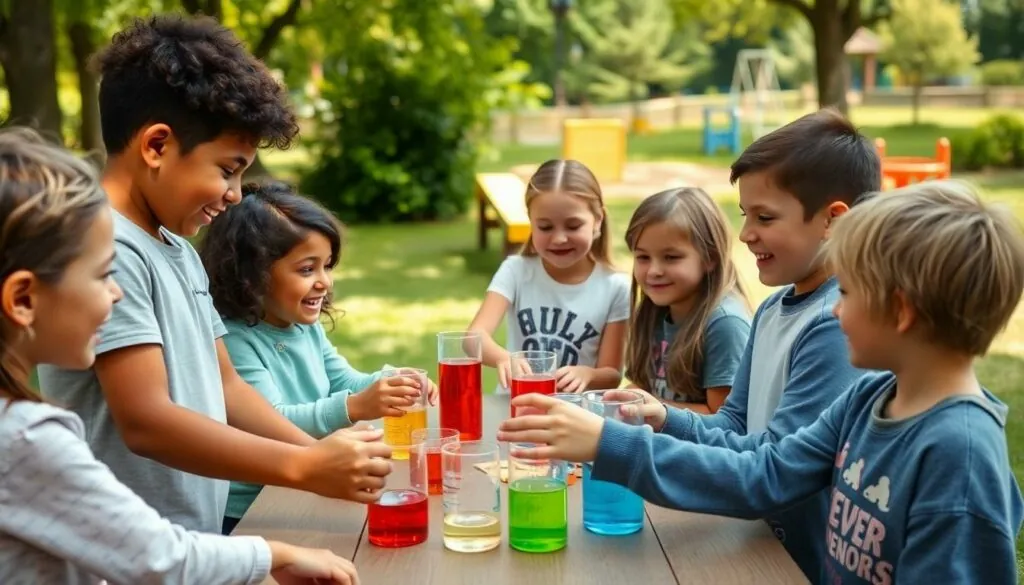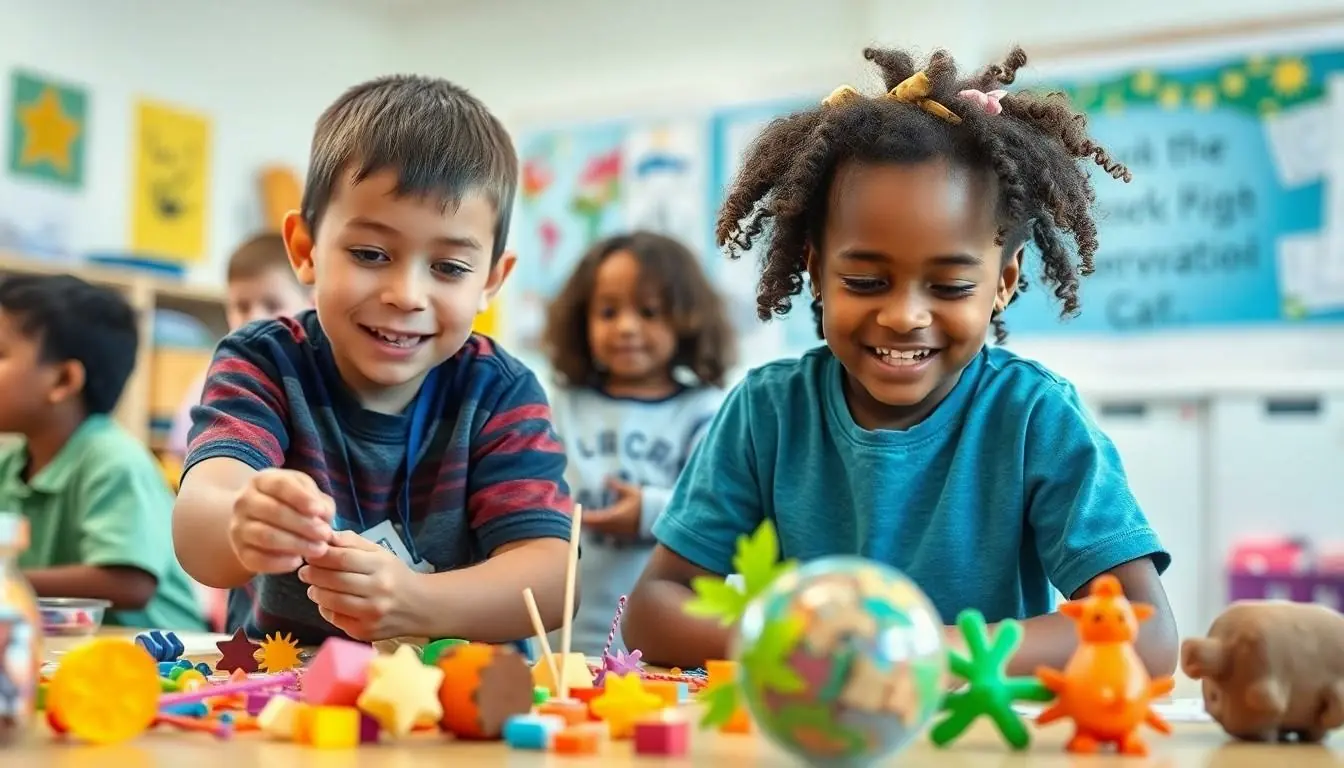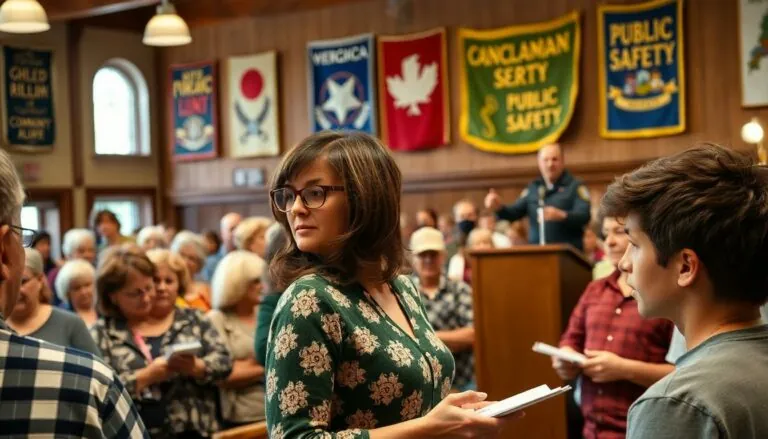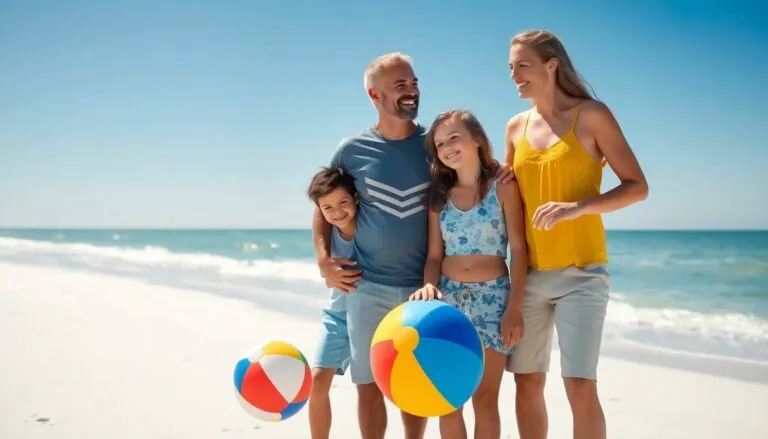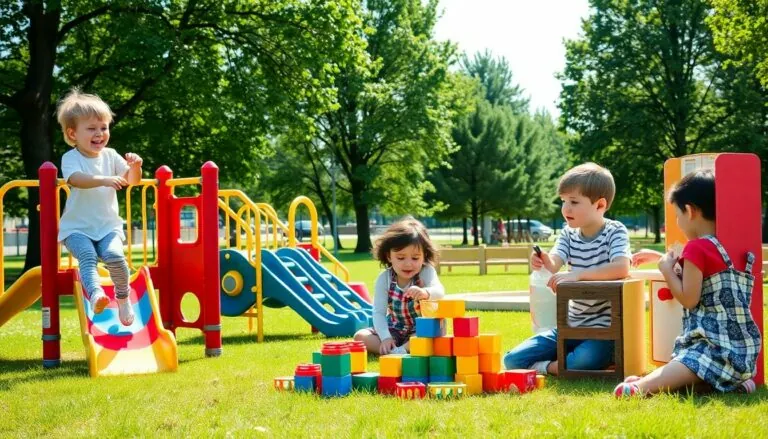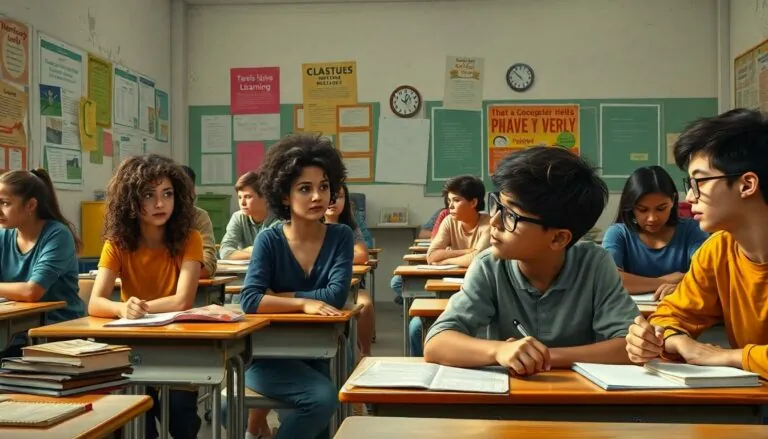Table of Contents
ToggleIn a world where screens seem to have taken over playtime, the concept of conservation in child development might sound like a fancy term for keeping kids from turning into couch potatoes. But it’s much more than that. Conservation isn’t just about preserving nature; it’s about nurturing young minds to understand the value of resources and the importance of sustainability. After all, kids are the future—and if they can’t tell a recyclable bottle from a regular one, we might be in trouble!
Understanding Conservation in Child Development
Conservation in child development focuses on a child’s ability to grasp the concept that certain properties of objects remain constant despite changes in form or appearance. This understanding primarily develops during the concrete operational stage, typically around ages 7 to 11. Children start to recognize that the quantity of substance does not change even when its shape changes, such as when water is poured into different containers.
Definition of Conservation
Conservation refers to understanding that certain physical characteristics, like volume, mass, and number, remain unchanged despite transformation. For example, if a child sees two equal balls of clay and one is flattened, they should comprehend that the amount of clay is still the same, regardless of shape. Defining conservation involves recognizing this inherent stability in varied environments.
Importance in Cognitive Development
Cognitive growth thrives when children develop conservation skills. Mastering these concepts enhances logical thinking and problem-solving abilities. Recognizing conservation fosters an understanding of the environment and aids in making informed decisions about resource use. Educators emphasize its role in establishing a foundation for more complex mathematical and scientific reasoning, reinforcing children’s ability to engage critically with the world around them.
Key Theories and Models
Key theories and models provide essential frameworks for understanding conservation in child development. These theories illustrate how children’s cognitive abilities evolve to support their understanding of conservation concepts.
Piaget’s Theory of Cognitive Development
Piaget’s theory outlines the stages of cognitive development children undergo. During the concrete operational stage, which typically occurs between ages 7 and 11, children begin to grasp the concept of conservation. They learn that the properties of objects, like mass or volume, remain constant despite physical changes. This realization enhances their logical reasoning skills, allowing them to make sense of their environment in more insightful ways. By mastering conservation, children strengthen their analytical thinking, which serves as a crucial building block for future learning in mathematics and science.
Vygotsky’s Sociocultural Theory
Vygotsky’s sociocultural theory emphasizes the role of social interaction in cognitive development. He posits that children learn through collaborative activities with more knowledgeable peers and adults. Communication and cultural tools significantly influence a child’s understanding of conservation concepts. When adults model resource use and environmental values, children internalize these lessons, enhancing their awareness of sustainability. This social context equips children with the skills necessary to navigate complex environmental issues and encourages them to develop responsible habits regarding resource management.
Practical Applications of Conservation
Conservation plays a vital role in child development, as it shapes how children perceive and interact with their environment. Various methods foster understanding and application of conservation principles.
Strategies for Teaching Conservation
Use hands-on activities to illustrate conservation concepts. Engaging children in experiments, such as measuring liquids in different containers, enhances their understanding of volume. Providing real-life examples helps solidify their knowledge about recycling and resource management. Encourage discussions around the importance of conserving resources through storytelling and interactive lessons. Promoting group projects allows children to collaborate, reinforcing their skills in conserving resources. Incorporating visual aids, such as charts showing recycling practices, aids memory retention. Finally, consistently modeling conservation behaviors as adults exemplifies responsible actions.
Role of Play in Conservation Skills
Integrating play into learning fosters an enjoyable atmosphere for understanding conservation. Children learn through role-playing games that simulate environmental scenarios. Playing with building blocks promotes spatial reasoning while introducing concepts like volume and mass. Outdoor activities, such as gardening, teach valuable lessons about sustainability and responsibility. Engaging in scavenger hunts for recyclable items encourages children to explore their surroundings mindfully. Board games centered around resource management stimulate critical thinking in a fun context. Each playful interaction deepens their grasp of conservation principles practically and enthusiastically.
Challenges in Conservation Understanding
Conservation understanding in children faces various challenges. Misconceptions often arise during development.
Common Misconceptions
One common misconception involves the belief that changes in form mean changes in quantity. Children may think that if clay is reshaped, its amount changes, failing to recognize that volume remains unchanged. Another misunderstanding involves the assumption that smaller pieces of material equate to lesser quantity. Children might divide a block into smaller parts and think they possess more, neglecting that total quantity remains constant. These misconceptions hinder the development of critical thinking skills. Educators must address these beliefs through targeted teaching strategies.
Factors Influencing Conservation Development
Numerous factors influence conservation development in children. Age plays a significant role, as the concrete operational stage typically occurs between ages 7 and 11. Social interactions shape understanding too. Engaging with knowledgeable adults and peers enhances children’s grasp of conservation concepts. Environmental context also matters; exposure to real-life situations helps reinforce learning. Additionally, educational practices, like hands-on experiences and visual aids, strengthen comprehension. Various activities, such as measuring tasks, promote engagement and solidify understanding. Incorporating diverse teaching methods caters to individual learning styles and facilitates mastery of conservation principles.
Conclusion
Fostering conservation skills in children is crucial for their cognitive development and the future of the planet. By understanding the principles of conservation, children enhance their logical reasoning and problem-solving abilities. Engaging them through hands-on activities and collaborative projects makes learning about sustainability enjoyable and effective.
Educators and parents play a vital role in guiding children through these concepts, helping them navigate complex environmental issues. As children grasp the importance of resource management, they become more informed and responsible individuals. The journey of instilling conservation values is not just about knowledge; it’s about shaping a generation that respects and protects the environment for years to come.

